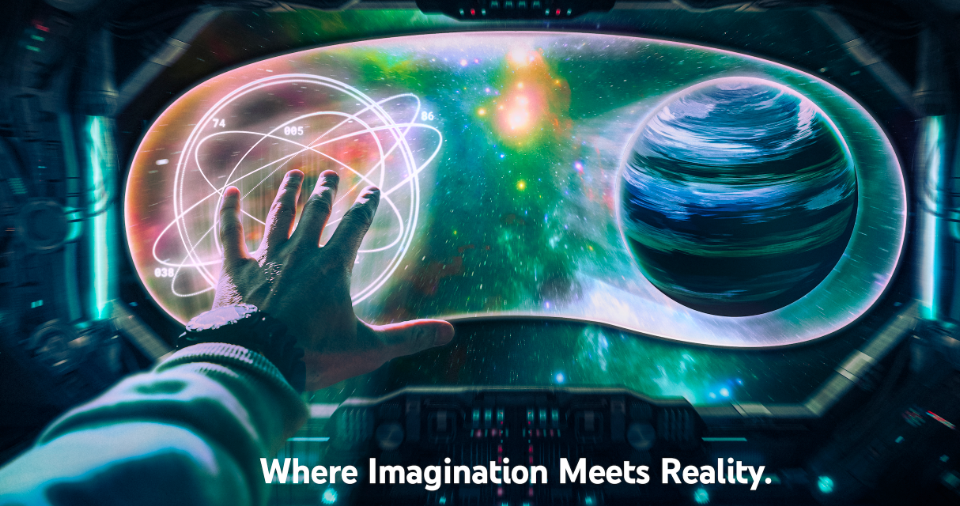
The realm of virtual reality (VR) gaming is experiencing a paradigm shift, with cinematic storytelling increasingly merging with interactive gameplay. This evolution, exemplified by the pico video platform, reshapes the digital entertainment landscape. This article explores the nuances of this convergence, discussing how VR is blending the immersive qualities of cinema with the interactivity of video games.
The Advent of Cinematic VR Gaming
The inception of cinematic VR gaming marked a new chapter in digital entertainment. Early VR games focused primarily on delivering immersive experiences but often lacked depth in narrative. The recent trend, however, sees a shift towards integrating movie-like storytelling into VR games. This fusion provides a narrative richness, often seen in films, combined with the interactive elements of gaming, creating a uniquely engaging experience.
Enhancing Storytelling in Games
Cinematic VR games elevate storytelling by offering a more nuanced and immersive narrative. Players are not just passive viewers but active participants in the story. This involvement creates a deeper emotional connection with the characters and plot, akin to watching a compelling movie. With advanced VR technology, these games deliver detailed environments and realistic characters, enhancing the storytelling experience further.
Immersion and Player Agency
The cornerstone of cinematic VR gaming is its unparalleled level of immersion. VR headsets place players directly into the game’s world, offering a 360-degree view that traditional gaming or cinema cannot match. Moreover, player agency in these games is significant. Choices made by players can influence the storyline, leading to multiple outcomes and a personalized experience. This level of interaction and immersion is redefining what it means to be ‘part of the story.’
Challenges in Balancing Narrative and Gameplay
One of the challenges in developing cinematic VR games is finding the right balance between narrative and gameplay. Too much focus on storytelling can diminish the interactive aspect, while excessive gameplay elements might detract from the narrative. Developers continuously experiment to strike this balance, ensuring neither element overshadows the other, delivering a harmonious and captivating VR experience.
Technology Driving the Evolution
Technological advancements largely drive the evolution of cinematic VR games. High-definition graphics, improved motion tracking, and more responsive controls create a more realistic and engaging experience. Technologies like haptic feedback add a tactile dimension to these games, making interactions within the virtual world feel more natural and intuitive.
The Future of Cinematic VR Gaming
Looking ahead, the future of cinematic VR gaming is promising and full of potential. We expect more sophisticated storylines, improved graphics, and immersive gameplay experiences. Integrating artificial intelligence (AI) could bring dynamic storylines that adapt to individual players, making each gaming experience unique. Additionally, advancements in VR hardware, such as lighter and more comfortable headsets, will make these games more accessible to a broader audience.
Expanding Accessibility and Inclusivity in Cinematic VR
An emerging trend in cinematic VR gaming is the focus on expanding accessibility and inclusivity. Game developers are implementing design choices that accommodate a wider range of players, including those with disabilities. This includes options for adjusting VR settings to reduce motion sickness, customizable control schemes for different physical abilities, and the inclusion of subtitles and descriptive audio for players with hearing or visual impairments. By making cinematic VR games more accessible, developers are broadening their audience and promoting a more inclusive gaming community where everyone can enjoy these immersive storytelling experiences.
VR’s Role in Education and Cultural Experiences
Beyond entertainment, the application of cinematic VR in educational and cultural contexts is gaining traction. Educational institutions are starting to use cinematic VR games as interactive learning tools, providing students with immersive experiences that bring historical events, scientific concepts, and artistic expressions to life. Moreover, museums and cultural organizations are exploring VR as a medium to offer virtual tours and exhibitions, allowing people to experience different cultures and artworks in a highly immersive and interactive way. This expansion of VR into education and culture showcases its versatility and potential as a tool for learning and exploration.
Conclusion
In conclusion, integrating cinematic storytelling with interactive gameplay in VR is redefining gaming and expanding its potential in accessibility, education, and cultural experiences. As this technology advances, it paves the way for more inclusive, educational, and culturally enriching experiences, making cinematic VR a significant and versatile medium in digital entertainment. The evolution of cinematic VR games signifies a future where storytelling, interaction, and immersion merge seamlessly, offering unparalleled experiences beyond traditional gaming and viewing formats.